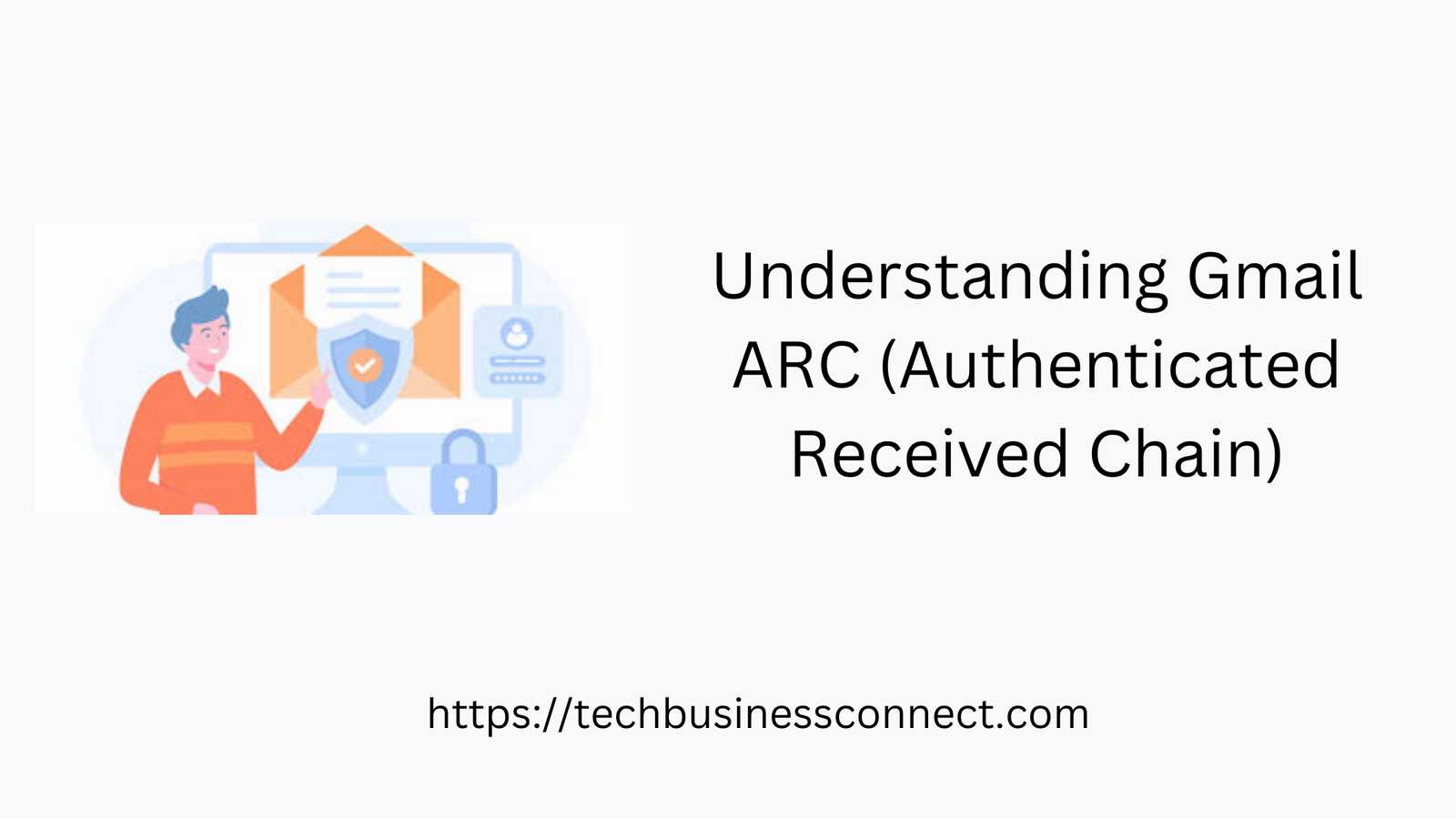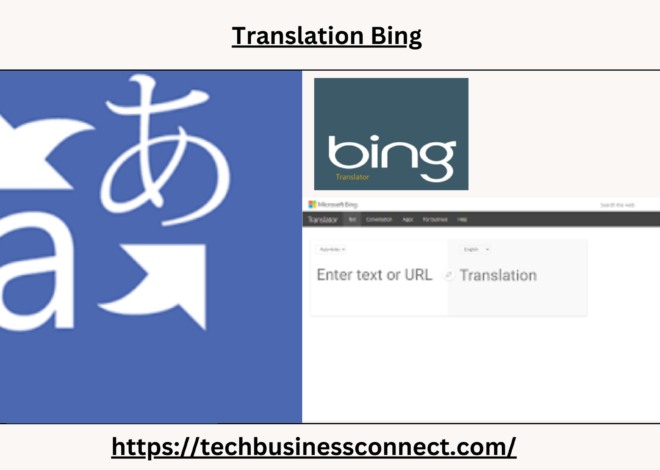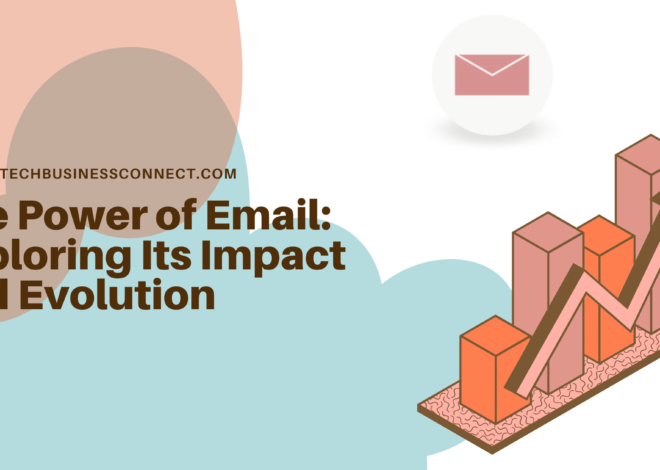
“Enhancing Email Security with Gmail ARC: Best Understanding the Authenticated Received Chain 2024
Gmail arc in today’s digital era, email continues to be one of the most reliable and widespread communication tools. As organizations rely more on email for critical communication, ensuring the security and authenticity of these emails has become paramount. The growing threat of email spoofing, phishing, and other malicious activities demands enhanced mechanisms for verifying the authenticity of email sources. Among the technologies designed to meet these security challenges is Gmail ARC (Authenticated Received Chain).
This article explores the details of Gmail ARC, its purpose, how it works, and its role in enhancing email security. We will also delve into why ARC is necessary, how it integrates with other email authentication protocols, and its implications for both senders and recipients.
What is Gmail ARC?
The Authenticated Received Chain (ARC) is an email authentication mechanism that Google, along with other email service providers, supports to ensure the integrity and reliability of email communications. ARC helps to preserve email authentication results as an email passes through intermediate systems, such as mailing lists or forwarding services, which can sometimes break the traditional authentication methods like SPF (Sender Policy Framework) or DKIM (DomainKeys Identified Mail).
ARC was designed by the Internet Engineering Task Force (IETF) as a response to the challenge posed by legitimate emails failing authentication due to forwarding. Gmail ARC, as a major email service provider, has adopted ARC to enhance its email security and make sure that authenticated emails continue to be trusted, even when they are forwarded.
Purpose of Gmail ARC
One of the main purposes of Gmail ARC is to help maintain email authentication results through intermediaries. It ensures that even if an email’s DKIM signature or SPF validation fails because of forwarding or alteration by an intermediary, recipients can still verify the original authentication results. In simple terms, ARC helps Gmail and other email service providers to decide whether a forwarded email can be trusted based on the original sender’s authentication, even if some email headers or signatures get modified during the process.
Without ARC, legitimate emails might be flagged as suspicious simply because they were forwarded, which can lead to unnecessary filtering, delays, or delivery failures. Gmail ARC ensures that such emails retain their authentication stamps and are less likely to be marked as spam or malicious by the receiving server.
Why is Gmail ARC Necessary?
ARC addresses a significant gap in traditional email authentication methods like SPF, DKIM, and DMARC (Domain-based Message Authentication, Reporting, and Conformance). These methods help to verify the sender’s domain and prevent domain spoofing, but they are limited when it comes to handling forwarded emails or those passing through multiple hops.
Problem with Traditional Email Authentication
- SPF (Sender Policy Framework): SPF ensures that an email is sent from a valid IP address authorized by the sending domain’s DNS records. However, SPF breaks when an email is forwarded, as the forwarding server is not authorized to send emails on behalf of the original sender.
- DKIM (DomainKeys Identified Mail): DKIM works by attaching a cryptographic signature to an email, which the receiving server verifies against the public key published in the sending domain’s DNS. While DKIM is resilient to some forwarding scenarios, any modifications to the message body or headers by intermediate servers can break the DKIM signature, rendering the authentication invalid.
- DMARC (Domain-based Message Authentication, Reporting, and Conformance): DMARC builds on SPF and DKIM by providing policies that instruct the receiving server on how to handle messages that fail authentication. While DMARC helps prevent domain spoofing, it relies on SPF and DKIM functioning correctly, both of which are susceptible to breaking during email forwarding.
When emails pass through forwarding services, mailing lists, or other intermediaries, the authentication chain often gets disrupted. This can lead to legitimate emails being marked as spam or rejected altogether. ARC solves this issue by preserving the original authentication results and allowing intermediate systems to add their authentication stamps without breaking the chain of trust.
Gmail’s Adoption of ARC
Google’s Gmail is one of the largest email service providers in the world, handling billions of messages every day. Given the scale of operations, ensuring email security for Gmail users is a priority. Gmail’s implementation of Gmail ARC allows it to handle complex email flows where messages may pass through various intermediaries before reaching the final destination.
By adopting Gmail ARC, Gmail aims to provide a more seamless and secure email experience, reducing the number of false positives (legitimate emails being marked as spam) and improving trust in the emails that users receive. ARC works behind the scenes to ensure that forwarded or relayed emails maintain their original authentication, making it easier for Gmail to determine whether to trust an email, even if it’s been modified slightly in transit.
How Gmail ARC Works
ARC works by attaching a chain of cryptographic signatures to an email as it passes through different servers. These signatures help the receiving server (Gmail, in this case) to track the journey of the email and verify the authenticity of the email’s authentication results at each hop.
Key Components of ARC
- ARC Authentication Results (AAR): This header records the results of SPF, DKIM, and DMARC checks at each hop, providing a record of how the email was authenticated as it passed through intermediate servers.
- ARC Seal (AS): The ARC Seal is a cryptographic signature that protects the AAR and any modifications made to the email by the intermediary. The ARC Seal ensures that the authentication results and the chain of trust remain intact.
- ARC Message Signature (AMS): Similar to DKIM, the AMS is a signature added by each intermediate server to prove that the email content has not been tampered with. The AMS ensures that the body of the email and its headers remain unchanged.
ARC in Action
Here’s an example of how Gmail ARC might work in a typical email flow:
- A sender from domain “example.com” sends an email to a Gmail user.
- The email passes through an intermediary, such as a mailing list, which modifies the email by adding a footer.
- SPF, DKIM, and DMARC checks may fail at Gmail because the intermediary altered the message.
- However, the intermediary adds an ARC header to preserve the original authentication results and proves that it modified the message in good faith.
- When Gmail receives the email, it looks at the ARC headers and verifies the original SPF, DKIM, and DMARC results, along with the ARC signatures from the intermediary.
- Based on this information, Gmail can make an informed decision about whether to trust the email, despite the modifications made during its journey.
Benefits of Gmail ARC
Gmail ARC provides several benefits for both email senders and recipients:
1. Improved Email Deliverability
By preserving the authentication results across multiple hops, ARC ensures that legitimate emails are less likely to be rejected or marked as spam simply because they were forwarded or modified by an intermediary. This improves email deliverability for senders, especially those that rely on forwarding services or mailing lists.
2. Increased Security
ARC enhances security by providing a verifiable chain of trust for each email. If an email has been tampered with or altered maliciously by an intermediary, the ARC signatures will fail verification, alerting Gmail that the email cannot be trusted.
3. Reduced False Positives
Without ARC, emails that fail SPF or DKIM due to forwarding are often marked as spam or rejected, even if they are legitimate. ARC helps to reduce these false positives by preserving the original authentication results, allowing Gmail to make better-informed decisions about whether to trust the email.
4. Seamless User Experience
For Gmail users, ARC works silently in the background, ensuring that legitimate emails reach their inboxes without unnecessary interruptions or spam filtering. This results in a smoother and more reliable email experience.
Challenges and Considerations
While ARC provides significant benefits, it is not without its challenges:
1. Complexity of Implementation
Setting up ARC requires a good understanding of email authentication and cryptographic signatures. Email administrators must configure their systems correctly to sign ARC headers and validate them at the receiving end.
2. Trust in Intermediaries
ARC assumes that intermediaries, such as forwarding services and mailing lists, act in good faith and correctly implement ARC. If an intermediary adds a faulty or malicious ARC signature, it could undermine the integrity of the email.
3. Adoption Across the Ecosystem
ARC’s effectiveness depends on its widespread adoption. While Gmail and other major email providers have implemented ARC, not all intermediaries or email systems support it. As more systems adopt ARC, its benefits will become more pronounced.
Conclusion
Gmail ARC is a powerful tool that enhances the security and reliability of email communications by preserving authentication results as emails pass through intermediaries. By addressing the limitations of traditional authentication methods like SPF, DKIM, and DMARC, ARC ensures that legitimate emails are less likely to be marked as spam or rejected, even when forwarded or modified.
For Gmail users, ARC provides a seamless and secure email experience, while for senders, it improves deliverability and reduces the risk of false positives. As email security continues to evolve, technologies like ARC will play a crucial role in maintaining trust in the email ecosystem, ensuring that email remains a safe and reliable communication tool in the digital age.


